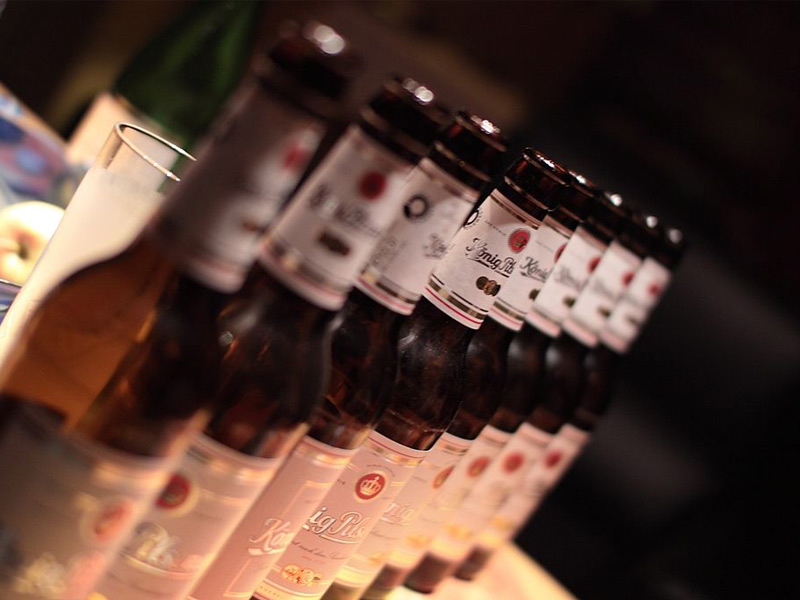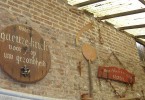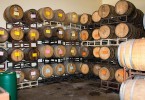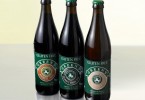The right moment to bottle craft beer: timing, way and priming
How, when and where: the right choice to make your craft beer.
To disinfect and sterilize bottles and corks, you can use alcohol or better, potassium metabisulfite that you can find in the specialized shops. The second rule is not to bottle quickly. “Give time to time”, as we use to say, the result will be better. You can use different type of bottles, but the best are the half a liter of size and crown cork. The third thing to do is to buy some sugar necessary to let the secondary fermentation begin. The craft beers are characterized by a well structured foam, obtained through the sugar that reinvigorate the yeasts. You can add it in each bottle of directly in the fermenter, melting it in the water, but only after the third pouring. As soon as you filled the bottles you have to tap them.
Methods used to make the beer “fizzy”
The best way to bottle craft beer has to be decided after having measured the quantity of CO2 in the fermenter. The higher the temperature is, the lower the volume of CO2 are. There are two ways to give the right quantity of CO2 to craft beer: through direct addition and through natural carbonation (generally called Priming). The first is the most efficient but it can be carried on only with professional equipment (as the breweries).
If you decide to produce craft beer you can use the Priming, that consists in adding sugar before the bottling. The beer still has some yeasts that will be activated thanks to the sugar and produce carbon dioxide. This will melt in the liquid. When you open the bottle you will have the typical foam of the craft beer.
CO2 volumes and substitutes of sugar
There are different charts that shows the quantity of sugar that you want to add to obtain different types of bubbles. All depends on the personal taste and the style of beer that you want to obtain. For instance, the British Ale has a volume of CO2 comprehend between 1.5 and 2.0, Porter and the Stout – between 1.7 and 2.3, the Belgian Ale – between 1.9 and 2.4, the Lager – between 2.2 and 2.7 and the Wheat Beer – between 3.3 and 4.5. As an alternative to the sugar, it is possible to use other substances like acacia or a selection of barley malt. Honey has to be added in the fermenter and it will enrich with taste your beer, adding perfumes and aroma. The extract of malt, instead, will give to the beer a unique taste and lasting foam. To conclude, your choice should be addressed by the final result that you desire.








